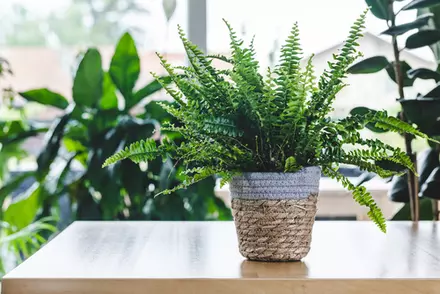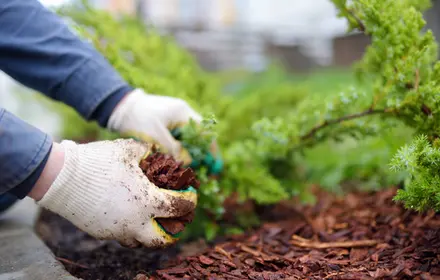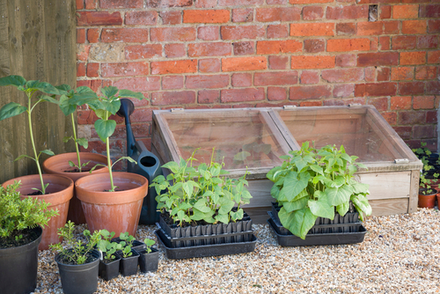How to support the bumble bees
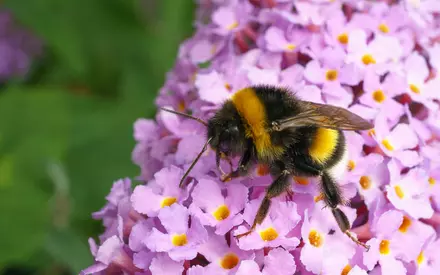
We can all do our bit to support the bumble bees. Nowadays, it’s almost uncommon to spot a bumble bee in your backyard or windowsill. These fuzzy insects are known for their distinct yellow-and-black striped appearance and ability to fly. Unfortunately, the world is losing its bee population, including the bumble bee species. Although there are currently 40 different kinds of bumble bees, they are all at risk due to human interference. See why you should support the bumble bee and what you can do to help them thrive in your area.
What is the Current Status of Bumble Bees?
Bumble bees have been around for over 100 million years. So why are they now at risk of extinction? In the last decade, populations of these easy-going insects have been declining at an alarming rate. Several factors have caused this decline in the bee population:
- habitat depletion
- pesticide use
- climate change
These are just some of the issues contributing to the endangerment of the bumble bee species. Bees pollinate a wide variety of crops and wild plants, making them essential for the growth of our food supply. If bumble bees become threatened with extinction, our food supply is at risk.
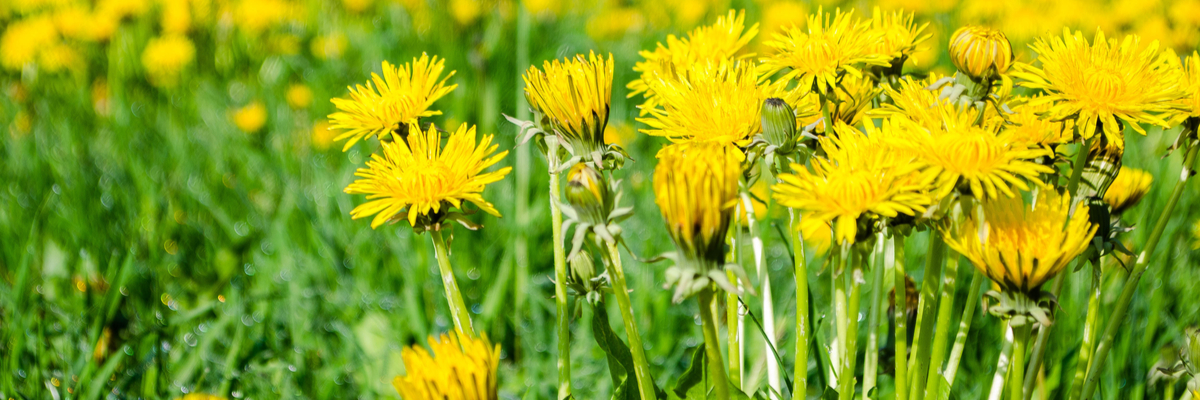
How You Can Help Bumble Bees Survive
There are several ways you can help protect bumble bees, including:
- Gardening organically: by removing chemical pesticides, you can help maintain an environment safe for bumble bees to live and thrive. If you’re an avid gardener, you can also help these furry pollinators by making your gardening practices more bee-friendly.
- Leaving wildflowers to bloom: Consider leaving clover, dandelions, and plantain. These plants are vital to a bumble bee’s diet in the early spring when only a few flowers are available. Plant flowers that bloom at different times and choose flowers high in nectar, such as sunflowers. Also, support bumble bees by leaving patches of the land untouched.
- Avoid pesticide use: you can also help protect bumble bees by avoiding the use of pesticides in your garden. Bumble bees have been known to collect pesticides on their bodies and then bring them back to the hive, which can be deadly to the colony. If you have been using pesticides in your garden, stop using them and let your plants grow wild to provide a safe habitat for bumble bees.
- Plant bee-friendly plants: attract more bees to your area by planting plants rich in nectar and pollen, such as:
- Alliums
- Alstroemeria
- Buddleja
- Cosmos
- Dahlias
- Lavender
- Foxgloves
- Geranium
- Honeysuckle
- Lavender
Bumble Bee Habitat Protection
You can also protect the natural habitat of bumble bees by ensuring you are not mowing your lawn too early in the season. Bumble bees need to survive the winter and may choose to hibernate on your lawn. Before you mow, look for mounds of grass clippings that may indicate a wintering bumble bee colony. To avoid harming them, wait until the end of spring to mow your lawn. In areas where bumble bees are common, you may notice bees visiting your garden more often. This may seem alarming at first, but bumble bees are gentle insects that pose no threat to humans.
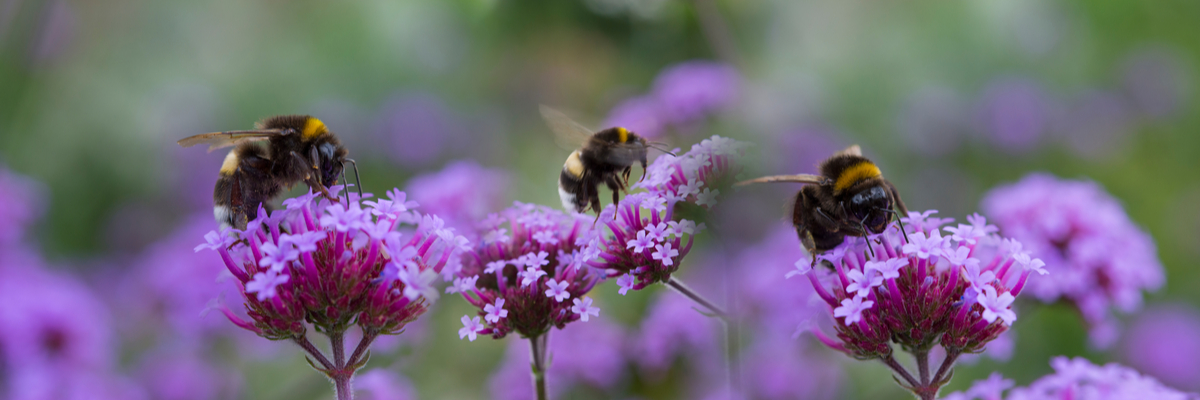
Organic Gardening to Support Bumble Bees
Since bumble bees love flowers, you can plant flowers native to your region to support these fascinating bugs. Choosing flowers that bloom at different times of the year is essential. You can find a list of flowers that support bumble bees on the Xerces Society website. You can also create a bee garden by placing pots with holes in the bottom near your house. If you notice that your bees have become fewer in number, there are a few things you can do to help bring them back. You can plant various flowers at different times of the year, leave a patch of your lawn untouched, and try attracting paper wasps to your garden as natural pest control. You can also try attracting birds and other insects as alternative pollinators to help support the bees in your area.
Start Protecting the Bumble Bees
Bumble bees are an essential part of our ecosystem. They pollinate plants and flowers and have been around for millions of years. Unfortunately, the world is losing these important insects due to human interference. Bumble bees are in danger due to habitat depletion, pesticide use, and climate change. If the bumble bee population continues to decline, the consequences for humans could be severe. Start to protect bumble bees by planting bee-friendly plants and letting your property grow wild in spring. If you want more information about planting flowers rich in nectar, such as lavender and cosmos, please visit your nearest garden centre.

